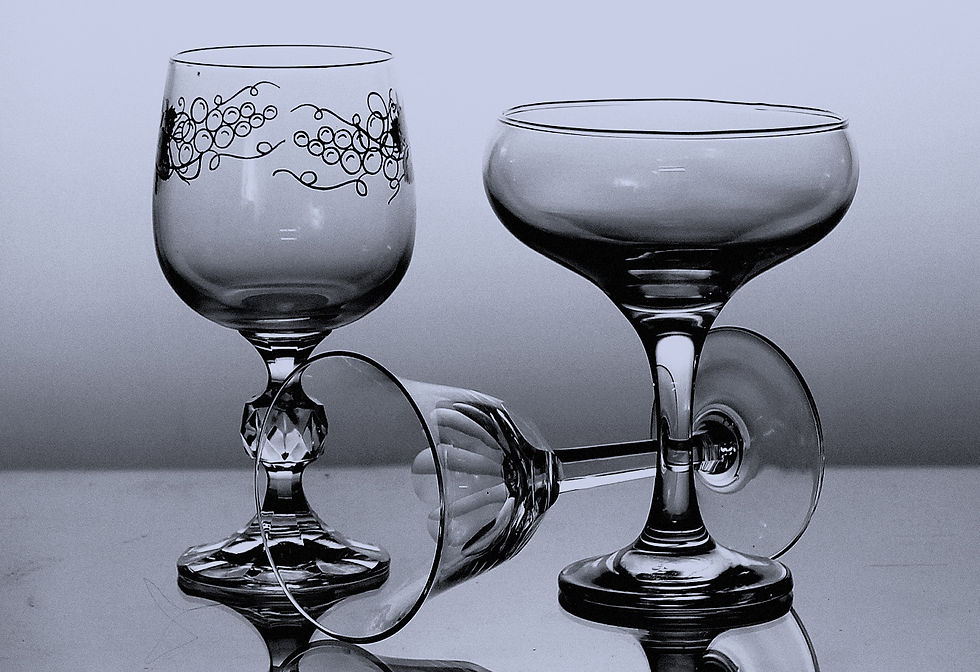Why We Swirl Wine
- Wine Hobbyist
- Jan 23, 2024
- 2 min read
Wine drinkers have long embraced the ritual of swirling wine in their glasses before sipping. While it may seem like a simple act of sophistication, there's more to swirling than meets the eye.
Read on to see why this party trick is of importance!

Why We Swirl Wine
The primary purpose of swirling wine is to introduce a generous dose of oxygen into the liquid. As your glass twirls, the wine coats the inner surface, creating a larger surface area exposed to the air. This aeration process works wonders in unlocking aromas in the wine and evaporating volatile compounds meant to reach your olfactory senses. The result is a heightened aromatic experience, where the true character of the wine is revealed before you even take your first sip.
Swirling also helps to soften tannins in a wine.
Tannins contribute not just to the body of a wine but also to bitterness and astringency. Swirling helps to break down tannins in the glass as oxygen is more evenly dispersed, and it is oxygen that softens tannin and leads to a smoother and more balanced tasting experience.
Finally, swirling also aids in homogenizing the temperature of the wine. If you've just pulled a bottle from the cellar or wine fridge, the liquid near the center of the bottle may be cooler than the wine clinging to the glass walls. Swirling helps distribute the warmth, ensuring a more consistent temperature throughout the glass and, consequently, a more harmonious tasting experience.
Swirling goes beyond the technical benefits. It's a way to engage with the wine deeper, to appreciate the viscosity, colour, and aromatic complexity. Keep all of this in mind the next time you indulge in a glass. Let your wine breathe, release its hidden nuances, and elevate your tasting experience to new heights with just a simple swirl!



Comments